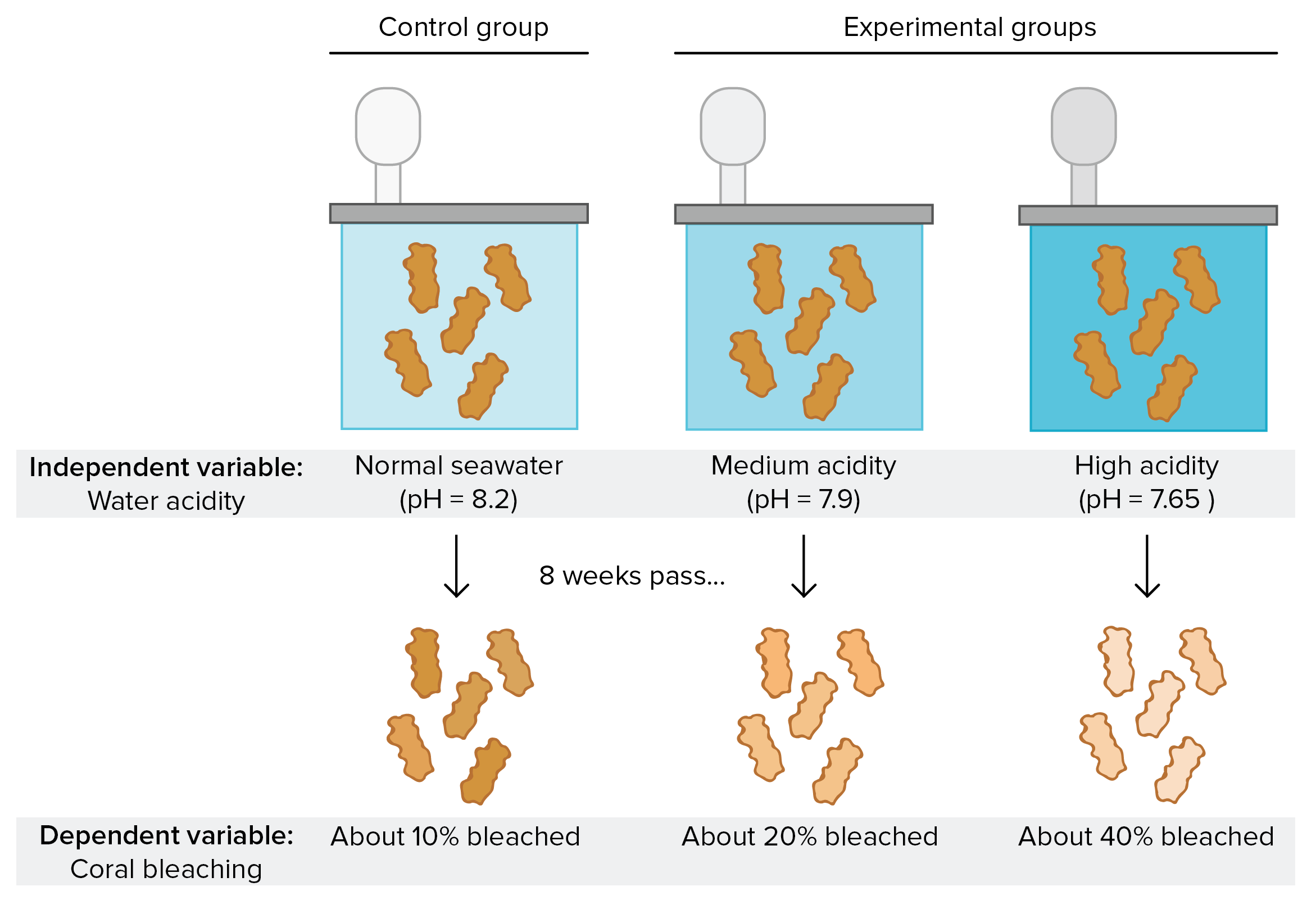Table Of Content

If the F value is high, the probability (p-value) will fall below 0.05, indicating that there is a significant difference between levels. Test different settings of two factors and see what the resulting yield is. Experiments are likely to be carried out via trial and error or one-factor-at-a-time (OFAT) method. In 1950, Gertrude Mary Cox and William Gemmell Cochran published the book Experimental Designs, which became the major reference work on the design of experiments for statisticians for years afterwards.
Step 5: Measure your dependent variable
The blocks are classified in such a way in the variability within each block should be less than the variability among the blocks. This block design is quite efficient as it reduces the variability and produces a better estimation. In a quasi-experimental design, the participants of the groups are not randomly assigned.
Two-level Factorial Design
A full factorial design provides information about all the possible interactions. Fractional factorial designs will provide limited interaction information because you did not test all the possible combinations. But, what if you aren’t able to run the entire set of combinations of a full factorial? What if you have monetary or time constraints, or too many variables?
Evaluate the effect of change/s
Experimental design provides a structured approach to designing and conducting experiments, ensuring that the results are reliable and valid. In this chapter, we review relevant concepts from the field of design of experiments, and this review assumes some basic knowledge of the field. We review both classical and contemporary design of experiments methods. Classical methods are well-established and have a long history of use in many applications; some of these include factorial designs, ANOVA (analysis of variance), and response surface modeling amongst others.
In this design, the researcher manipulates one or more variables at different levels and uses a randomized block design to control for other variables. With DoE, you can determine the effects of changes made with the factors and their levels that influences the response. A confounding variable is related to both the supposed cause and the supposed effect of the study.
The Little Albert Experiment - Verywell Mind
The Little Albert Experiment.
Posted: Fri, 02 Dec 2022 08:00:00 GMT [source]
Application of Experimental Design
ANOVA is a statistical technique used to compare means across two or more groups in order to determine whether there are significant differences between the groups. There are several types of ANOVA, including one-way ANOVA, two-way ANOVA, and repeated measures ANOVA. Inferential statistics are used to make inferences or generalizations about a larger population based on the data collected in the study. This design involves grouping participants within larger units, such as schools or households, and then randomly assigning these units to different treatment groups.

All possible combinations can be investigated (full factorial) or only a portion of the possible combinations (fractional factorial). Overall, the purpose of experimental design is to provide a rigorous, systematic, and scientific method for testing hypotheses and establishing cause-and-effect relationships between variables. Experimental design is a powerful tool for advancing scientific knowledge and informing evidence-based practice in various fields, including psychology, biology, medicine, engineering, and social sciences.
As you can already tell, OFAT is a more structured approach compared to trial and error. Run the second experiment by varying time, to find the optimal value of time (between 4 and 24 hours). Change the value of the one factor, then measure the response, repeat the process with another factor.
Performing a DOE can uncover significant issues that are typically missed when conducting an experiment. Here we predict that increasing temperature will increase soil respiration and decrease soil moisture, while decreasing soil moisture will lead to decreased soil respiration. This article will explore two of the common approaches to DOE as well as the benefits of using DOE and offer some best practices for a successful experiment.
The focus on the LS needs to push the technological definition beyond the concept of building envelope, just as the element of internal/external separation. The LS is where the "Advanced Circular Design" model can improve with the design of the GRS all the technological elements of adiabatic nature. The proposed framework enables the GRS to have a dynamic and systemic answer to the extreme change of the climatic situation in order to have a strong impact on the performance related to the environmental aspects. The structure of the paper is presented as a succession of digital and physical design processes that identify all the phases for the definition of the GRS when it works on the LS. The purpose of experimental design is to control and manipulate one or more independent variables to determine their effect on a dependent variable. Experimental design allows researchers to systematically investigate causal relationships between variables, and to establish cause-and-effect relationships between the independent and dependent variables.
Condition one attempted to recall a list of words that were organized into meaningful categories; condition two attempted to recall the same words, randomly grouped on the page. At the end of this period, their reading was reassessed, and a reading improvement score was calculated. They were then taught using scheme two for a further 20 weeks, and another reading improvement score for this period was calculated. The reading improvement scores for each child were then compared. To assess the effectiveness of two different ways of teaching reading, a group of 5-year-olds was recruited from a primary school. Their level of reading ability was assessed, and then they were taught using scheme one for 20 weeks.
Notice that none of them has trials conducted at a low temperature and time AND near optimum conditions. Multilevel modeling is used to analyze data that is nested within multiple levels, such as students nested within schools or employees nested within companies. This method involves observing and recording the behavior or phenomenon of interest in real time. It may involve the use of structured or unstructured observation, and may be conducted in a laboratory or naturalistic setting. The principle of random allocation is to avoid bias in how the experiment is carried out and limit the effects of participant variables.
In this design, the factors are varied at two levels – low and high. Run all possible combinations of factor levels, in random order to average out effects of lurking variables. A more effective and efficient approach to experimentation is to use statistically designed experiments (DOE). Time series analysis is used to analyze data collected over time in order to identify trends, patterns, or changes in the data.
Each group receives a different level of the treatment (e.g. no phone use, low phone use, high phone use). If your study system doesn’t match these criteria, there are other types of research you can use to answer your research question. Once they gathered all the data and analyzed it, they concluded that menu orientation and loading speed were the most significant factors.
[This blog was a favorite last year, so we thought you'd like to see it again. ].Whether you work in engineering, R&D, or a science lab, understanding the basics of experimental design can help you achieve more statistically optimal results from your experiments or improve your output quality. In a within-subjects design, each participant experiences all conditions, and researchers test the same participants repeatedly for differences between conditions. In a between-subjects design, every participant experiences only one condition, and researchers assess group differences between participants in various conditions. The main effects of a DOE are the individual factors that have a statistically significant effect on your output. In the common two-level DOE, an effect is measured by subtracting the response value for running at the high level from the response value for running at the low level.

No comments:
Post a Comment